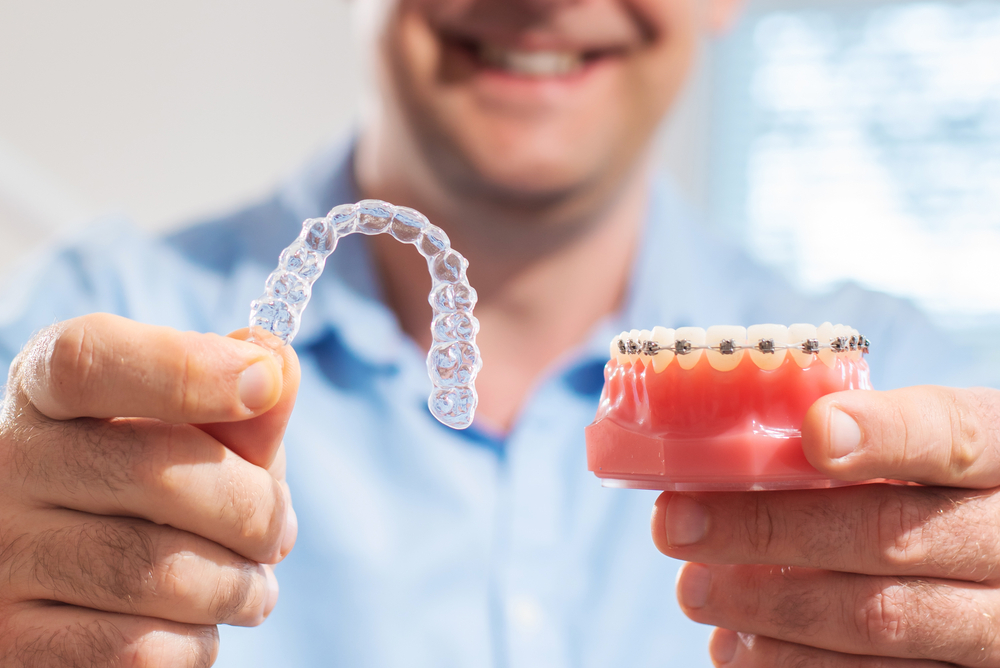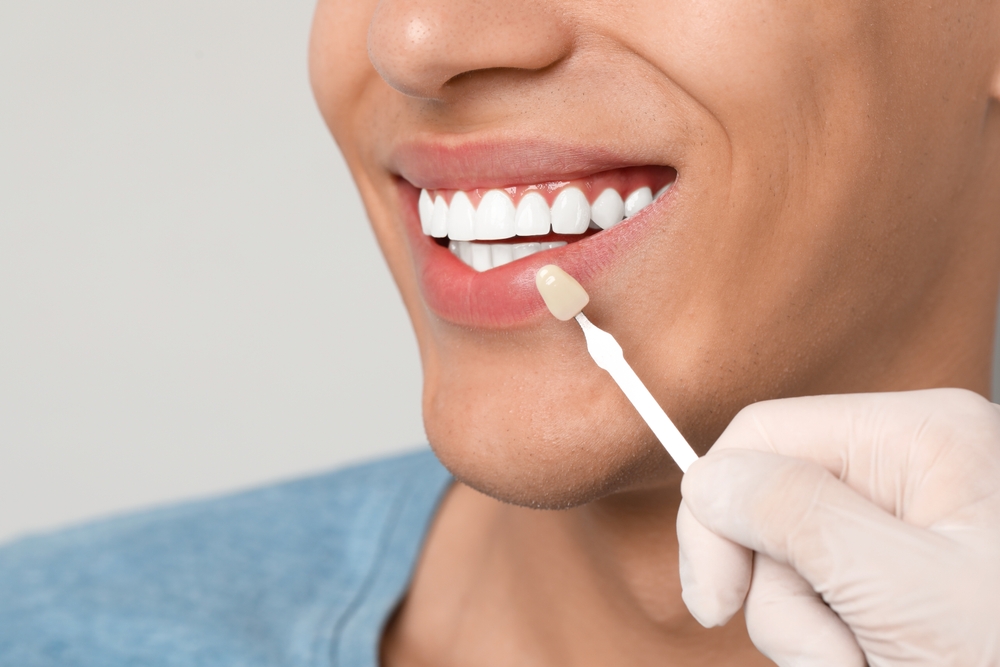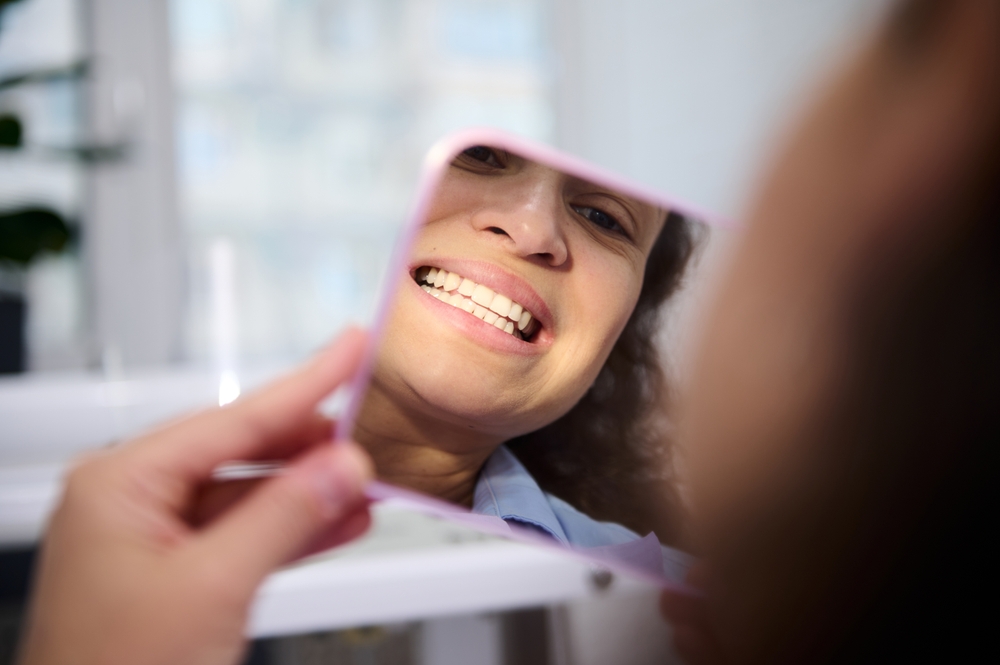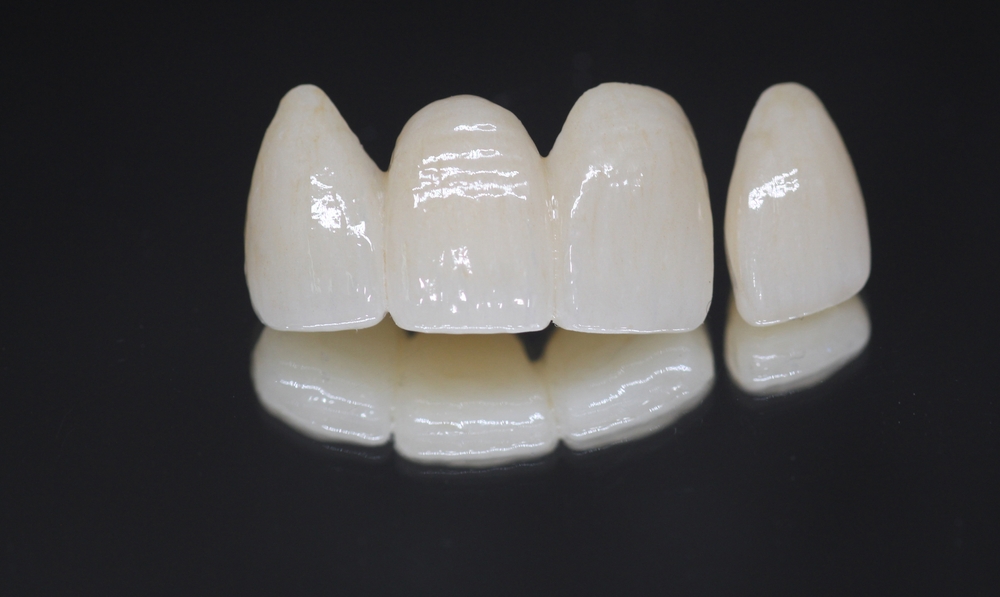When it comes to straightening teeth, patients today have more choices than ever before. Traditional metal braces have long been the standard in orthodontic treatment, but clear aligners have rapidly gained popularity for their discreet appearance and convenience. For dental professionals and labs alike, understanding the key differences between these two options is essential for guiding treatment plans and fabricating effective appliances. This blog explores how clear aligners compare to traditional braces in terms of materials, aesthetics, treatment capabilities, and more, offering valuable insights into the lab’s role in delivering high-quality orthodontic solutions.
In This Blog:
- Material Composition and Fabrication Process
- Aesthetic and Comfort Comparison
- Treatment Capabilities and Limitations
- Adjustments and Patient Compliance
- Treatment Duration and Efficiency
- Maintenance, Hygiene, and Repairs
- Cost Factors and Lab Involvement
Material Composition and Fabrication Process
Clear aligners and traditional braces are fundamentally different in their materials and how they are produced. Traditional braces consist of metal brackets and wires, often made from stainless steel or titanium alloys, which are physically attached to the teeth and periodically adjusted by the orthodontist.
In contrast, clear aligners are made from durable thermoplastic polymers. These aligners are created based on digital impressions and are fabricated using advanced technologies such as thermoforming or 3D printing. Labs using SureSmile® technology benefit from precise digital modeling, which enhances the accuracy and predictability of tooth movement. The digital workflow allows for the efficient creation of a series of aligners, each designed to guide teeth incrementally into their ideal position.
Aesthetic and Comfort Comparison
For many patients, aesthetics is a key consideration. Traditional braces are highly visible and may cause discomfort due to brackets and wires rubbing against the cheeks and gums. Though effective, their bulky appearance often deters adults and image-conscious teens.
Clear aligners offer a more comfortable and visually appealing alternative. Their transparent design makes them nearly invisible when worn, and the smooth plastic material typically causes less irritation. From a lab perspective, high-quality aligner systems like those made with SureSmile technology ensure consistent fit and finish, contributing to improved patient satisfaction.
Treatment Capabilities and Limitations
Traditional braces remain the gold standard for addressing complex orthodontic cases, such as severe crowding, rotated teeth, or significant bite misalignments. They provide direct control over tooth movement through precise wire adjustments and anchorage systems.
Clear aligners, while highly effective for many cases, are best suited for mild to moderate corrections, such as spacing, mild crowding, and minor bite adjustments. With SureSmile aligners, however, advancements in design and treatment planning software have expanded the scope of cases that can be successfully treated with aligners. The dental lab plays a crucial role in ensuring these aligners are manufactured with optimal pressure points and movement staging.
Adjustments and Patient Compliance
Traditional braces are fixed appliances. This means the orthodontist controls every adjustment, and patients are unable to remove them. While this ensures consistent wear, it also requires frequent in-office visits for tightening and monitoring.
Clear aligners are removable, giving patients flexibility in their daily routine. However, treatment success relies heavily on patient compliance since they must be worn 20 to 22 hours per day. Labs providing SureSmile aligners support this compliance with carefully staged sets that align with digital treatment plans. Each aligner in the series is custom-made to advance the treatment with minimal discomfort and predictable outcomes.
Treatment Duration and Efficiency
Treatment duration varies depending on the severity of the case. Traditional braces may be worn anywhere from 18 months to three years. While clear aligners can sometimes shorten treatment time, especially for less complex cases, the efficiency depends largely on patient adherence and the precision of the lab-fabricated appliances.
SureSmile technology enhances treatment efficiency through detailed digital simulations and accurate aligner production. This allows dental professionals to anticipate treatment outcomes more clearly and reduce the need for mid-course corrections or refinements.
Maintenance, Hygiene, and Repairs
Braces can be difficult to clean and are prone to trapping food particles around brackets and wires. Patients must take extra care to maintain oral hygiene, and occasional repairs may be needed if a bracket becomes loose or a wire breaks.
Clear aligners offer the benefit of easy removal for eating and brushing, making oral hygiene simpler. If an aligner is lost or damaged, a replacement can be fabricated quickly. For dental labs, offering fast turnaround on replacement aligners is essential for keeping treatment on track and avoiding delays.
Cost Factors and Lab Involvement
From the patient’s perspective, traditional braces and clear aligners are often comparable in cost, though pricing can vary based on case complexity. From a dental lab standpoint, the workflows and material costs differ significantly.
Clear aligner fabrication using SureSmile technology involves a fully digital workflow that includes scanning, planning, and production, which streamlines processes and reduces manual labor. Labs benefit from reduced error margins, increased scalability, and the ability to store treatment data for future use or refinements.
Conclusion
Both clear aligners and traditional braces have their place in modern orthodontics. While braces offer unmatched control for complex cases, clear aligners appeal to patients seeking comfort and aesthetics. With technologies like SureSmile, dental labs are empowered to produce highly accurate, effective aligners that align with patient needs and clinical goals. By understanding the strengths and limitations of each option, dental labs can better support practitioners and ensure successful treatment outcomes.
Are you looking to expand your orthodontic offerings with reliable, high-quality clear aligners? Partner with Pan-Am Dental Lab for expert fabrication using advanced SureSmile technology. Contact us today to learn how we can help you deliver exceptional results and patient satisfaction.




